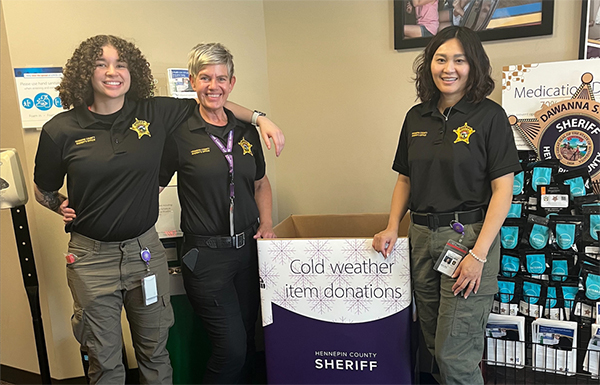When you hear the word “audit,” you might imagine taxes, or maybe someone getting punished. Don’t worry, no one is getting in trouble for doing a waste audit!
Auditing your waste stream will help you learn more about your household’s waste habits and how you could make improvements. Most of us spend little time thinking about the type or quantity of things we throw away. Once you get a reality check on what you actually produce, you can set tangible goals that help you reduce your waste and recycle better.
Below are three different ways to conduct a household waste audit. You can select one method or use a combination of methods. Whichever you choose, take a closer look at the waste your household produces in one week and include your trash, recycling, and organics recycling.

Method 1: Bird’s eye view
Doing a simple visual audit is the quickest and easiest way to learn more about what you throw out. Go around your house and look in every waste container shortly before you empty them. Write down all the different items you can see. Because you aren’t identifying everything, this method will give you a good overview of the kinds of things you throw out but not the best detail.

Method 2: Track as you throw
To complete the most detailed waste audit with the least “gross factor,” place a notepad or piece of scratch paper by each of your waste containers and write down everything you put in the container as you throw it out. Download and print the waste audit (PDF) to use as a template. This method relies on you and other household members to work together. It is, however, a good way to track wet or unsanitary parts of your trash, such as wasted food, pet waste or bathroom bins.

Method 3: Set aside and sort
A formal waste sort provides the most accurate information in an impactful way for visual learners, so it is the recommended method if you’re willing to do it. For this method, set aside all your household waste for a week and pick one time to sort through it all. Dump your containers out on a tarp or other easy-to-wash surface and spread them out to see what you threw away, keeping items separated into trash, recycling, and organics. Record what you find in the waste sort guide and tracking sheet (PDF).
What to do with your results
Now that you have a list of the things you throw out, reflect on what you found and how that might lead to some next steps.
Were all the items you found disposed of correctly? Do you know where they should go? If you answered no to either of these questions, review information about recycling, organics, hazardous waste and other household waste materials in the How to get rid of it guide (PDF) and make sure everyone in your household knows what goes where. Maybe you found you’re doing a great job of recycling in the kitchen but not in other areas of the house. You could check that you have enough recycling containers, that they are convenient and obvious to everyone, and schedule the topic for a family meeting to get everyone on the same page.
What items did you find the most? Is there a way for you to reduce the quantity or avoid them entirely? For each of the items, think about or research potential alternatives that are available to you. You might be able to buy a product in different packaging, adjust your habits so you use it less often, or even learn a new recipe or skill to avoid having to purchase something altogether.
Did anything surprise you or stand out to you? If you find something that bothers you or is otherwise personally impactful, it might provide you with motivation and a place to start. Perhaps you thought you didn’t throw out any food waste, but you found that you let several containers of food spoil in the back of the refrigerator this week. This could lead you to improving your meal planning or making changes to the way you organize your food.
Conducting a waste audit may sound strange, but taking a close look at the waste your household generates can be one of the most eye-opening and important steps in reducing your waste. Once you know what you throw, you can take concrete steps that help you with your personal impact. Try a waste audit for yourself and find out what you can do next!
